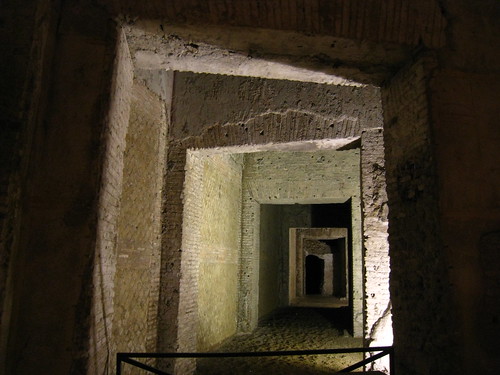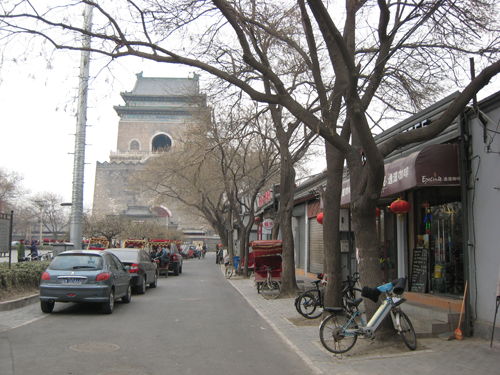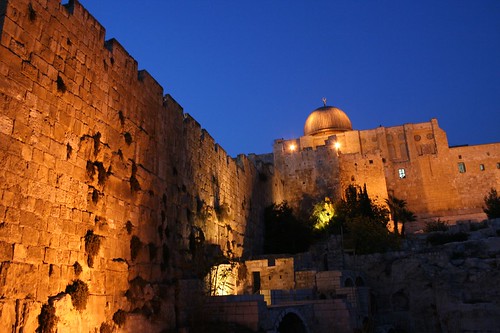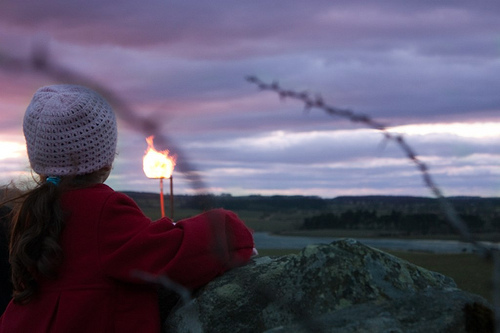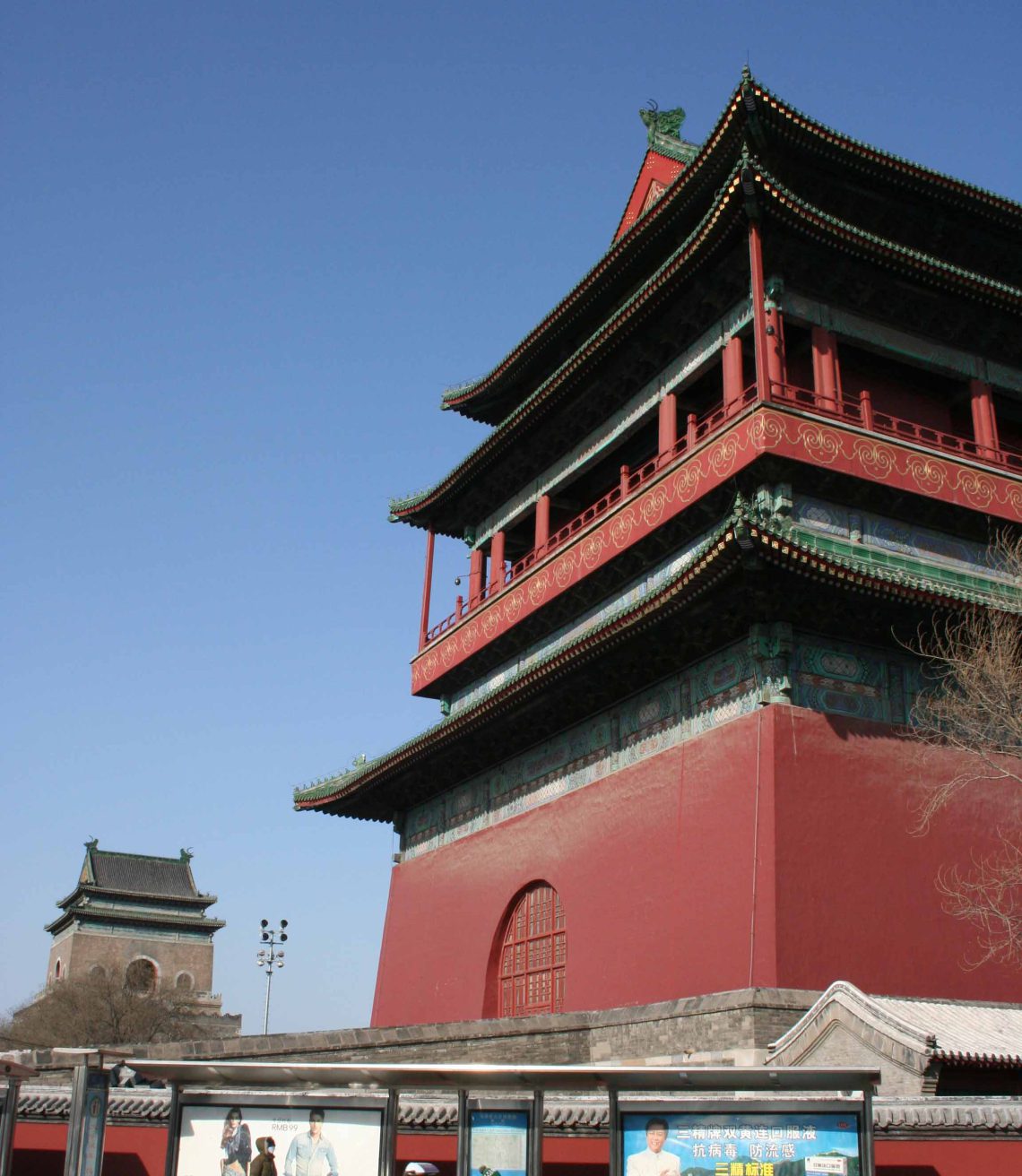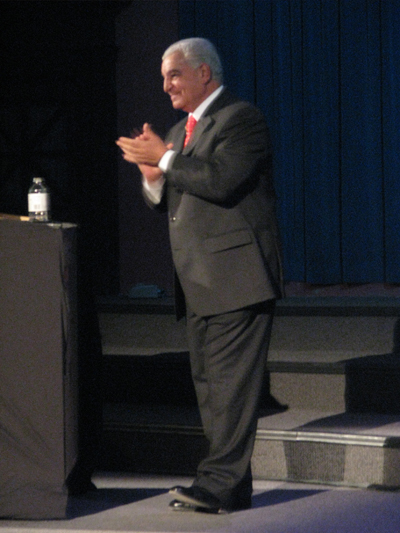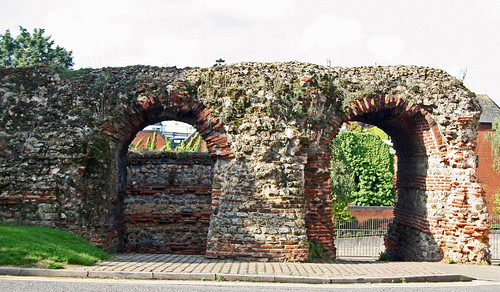Sad news today for Italy: part of the complex archaeological structure surrounding Nero’s ‘Golden House’ in Rome his extravagant palace between 64-68 AD has collapsed following heavy rain. The Domus Aurea, as it is known, is one of the treasures of the ancient Roman world. Although it has been mainly closed to the public in recent years due to efforts to fend off encroaching damp and decay, it is a unique archaeological site and an important part of Italy’s heritage. The site is structurally complex and includes important buildings from the reigns of Nero and Trajan. When Nero committed suicide…
-
-
As parts of old Beijing modernize and turn into new high-rises and shopping centers, preservationists are hoping to draw the line with one of the capitals historical districts. Last night, the Beijing Cultural Heritage Protection Center spoke with journalists about stopping the redevelopment of the citys ancient Drum and Bell towers. Now the group is seeking to rally public support and pressure backers of the project to give up the plan. I think allowing it to happen in such an important neighborhood would be a great waste, said He Shuzhong, chairman and founder of the group. That would be akin…
-
Ancient World Season with Bettany Hughes by Bettany Hughes Historian Bettany Hughes gives her personal take on the diverse cultures of the ancient world in this 2010 documentary series on More 4. The series begins with an examination of Alexandria, the city founded by Alexander the Great in 332 BC to become the world’s first global centre of culture. The programme explores Alexandria’s role as a powerhouse of science and learning, and focuses on the female mathematician, astronomer and philosopher Hypatia, the subject of the feature film Agora, starring Rachel Weisz. The series also offers a chance to catch Hughes’s…
-
Channel 4’s digital channel More4 has kicked off a juicy seven-week series of documentaries fronted by historian Bettany Hughes. The Ancient World began on Wednesday 24 March with a new film about Alexandria, the city founded by Alexander the Great in 332BC. Hughes travelled to Egypt in search of the city’s ancient origins, delved beneath the streets and explored the sunken ruins that are all that remain of what was once the largest city in the world. Alexandria is one of the world’s greatest ancient cities. It’s a hugely fascinating place and a topic ripe for exploration. For centuries it…
-
Last weekend I went to Hadrian’s Wall to document what turned out to be a remarkable event. The plan was to shoot as many great photos as I could. But when your subject stretches across 84 miles, and includes 20,000 people, not to mention millennia of history… where does a photographer start? Here are the results of my attempts to capture Illuminating Hadrian’s Wall on camera. (Heritage Key also took the video camera along, watch the report here.) As I entered Segedunum Roman fort in Wallsend, Newcastle, I was met by half a dozen armour-clad Roman soldiers wielding spears, swords…
-
Last year, Dr Zahi Hawass spoke to Heritage Key in a video interview about the restoration work being carried out at the Moses Ben Maimon (Maimonides) synagogue in Cairo by the Egyptian Supreme Council of Antiquities (see the video at the bottom of this page). With the project nearing completion, the SCA chief has today announced that a planned celebration to mark the reopening of the restored monument has been cancelled. Dr Hawass explained that the decision comes in the aftermath of Israeli authorities prohibiting worshippers from praying in the Al-Aqsa mosque in the West Bank. The West Bank has…
-
If you didn’t make it to the Illumination of Hadrian’s Wall (for instance, because you were attending the AD 410 – Then End of Roman Britain conference at the British Museum) you can (after you’ve read Sean’s and Sam’s tweet updates live from the light up of the Wall) still marvel at the sight of the Illumination by browsing the images that are one by one (processing takes time) posted to Flickr. Here’s my preliminary Top 10 of Hadrian’s Wall Light Up Flickr Images – in no specific order. Illuminating Hadrian’s Wall – Cell 22 An awesome shot of the…
-
Cultural preservation and Beijing’s ongoing development may be set to collide with a new project in one of the city’s historical neighborhoods. A pair of landmark buildings in the capital, the Drum and Bell towers, is at the center of a new redevelopment plan that has left a group of preservationists concerned. I spoke to some locals, and some experts, about the future of the towers, and was surprised by the divided opinions I came across. Dating back to the Yuan Dynasty (1271-1368), the citys Drum and Bell towers have stood in the capital for more than 700 years. That…
-
Question who can completely fill up a cavernous 1,500 seat domed hall on a Saturday night in Toronto? Answer Dr. Zahi Hawass I dont get to introduce rock stars, said Art Gallery of Ontario CEO Matthew Teitelbaum. Well tonight he did. Forget the critical New Yorker article, the mixed reviews of the new Tut exhibition at the Art Gallery of Ontario, or the fact that local Toronto media largely stayed away from this lecture. The worlds most well-known Egyptologist completely filled Convocation Hall, with people who had all paid a small admission fee (no more than $18) to hear him…
-
Colchester can lay claim to a bevy of titles: some impressive, some not so. For instance, you might not know that it’s the first-ever town in Britain, founded as a Roman soldiers’ outpost shortly after Claudius‘ 43AD landing. You may also be unaware that it’s the home of Mary Whitehouse, Colchester United and Darren Day. A mixed bag, admittedly. But there’s no denying Colchester’s history runs deep, and the wealth of ancient history lurking above ground could put central London to shame. Walls, churches, castles and priories are the lasting evidence of a town which became the capital of England…

